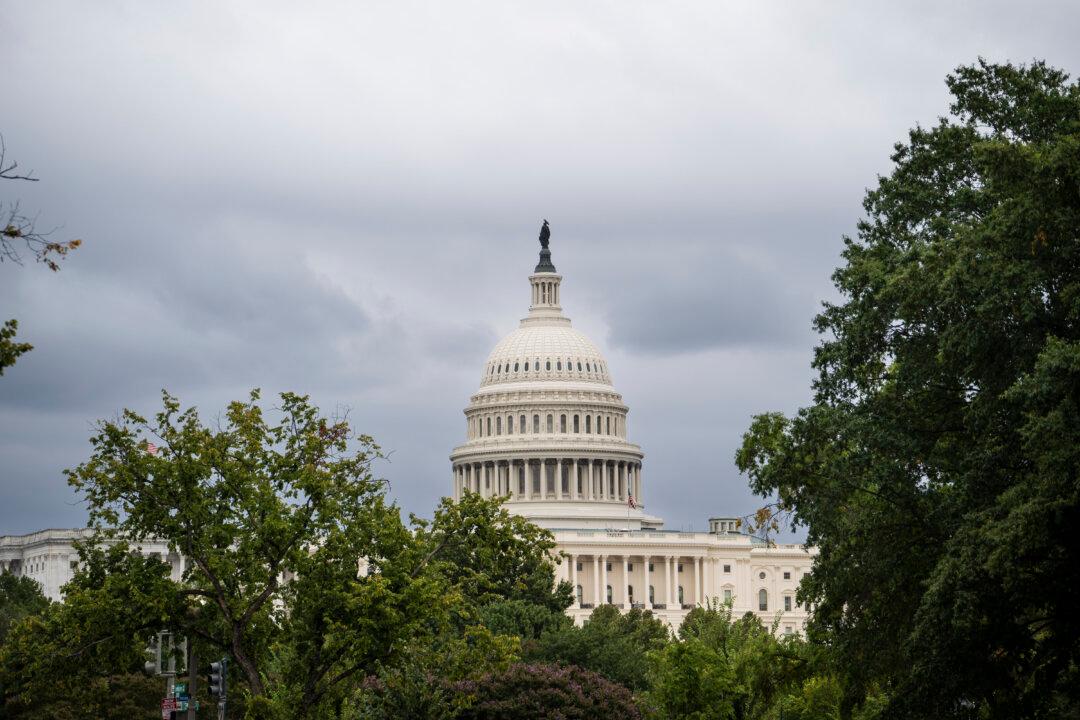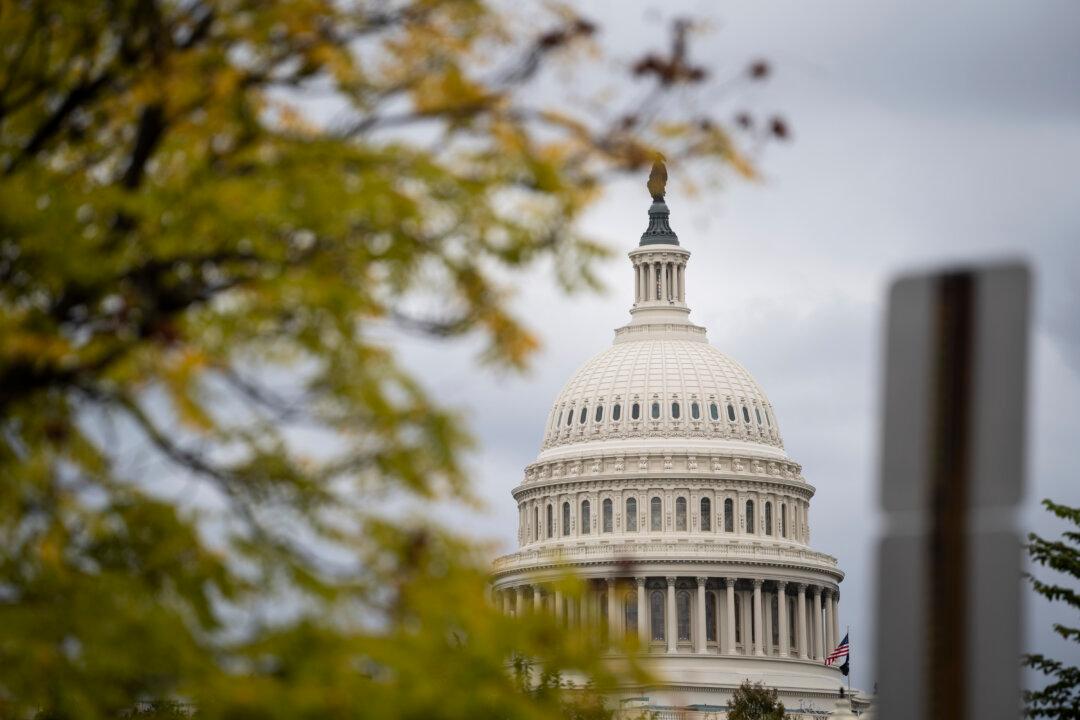Friday, Feb. 3, 2012
THEN
On Feb. 3, 1972, a fierce blizzard hits Iran and continues dumping snow for seven days, ending four years of drought. The blizzard drops 10 to 26 feet of snow with some towns completely buried. The city of Ardakan and its outlying villages are hardest hit. There are no survivors in the nearby towns of Kakkan and Kumar. In northwest Iran near the border with Turkey, the village of Sheklab and its 100 inhabitants are buried by more than 26 feet of snow. The snowstorm claims the lives of approximately 4,000, making it one of the deadliest snowstorms in recorded history.
NOW
Today, extreme weather events continue to claim lives and some scientists say they are occurring more frequently than in the past. Last year, massive blizzards and a hurricane struck the U.S. Northeast, tornadoes tore across the United States, and the major rivers the Mississippi and the Missouri flooded their banks. Floodwaters also spilled out over great swaths of Australia, displaced millions in China, and wrought havoc in Colombia. And last year’s natural disasters came just after 2010’s extreme weather events, which included record floods in Nashville, Tenn., and Pakistan, as well as Russia’s heat wave. But today natural disasters claim fewer lives than in the past. A study of global deaths caused by natural disaster per million found global deaths from extreme weather events were greatest between 1920 and 1929, when 241 per million people died per year worldwide. From 2000 to 2010 the annual death rate from natural disasters was 5.4 deaths per million.



